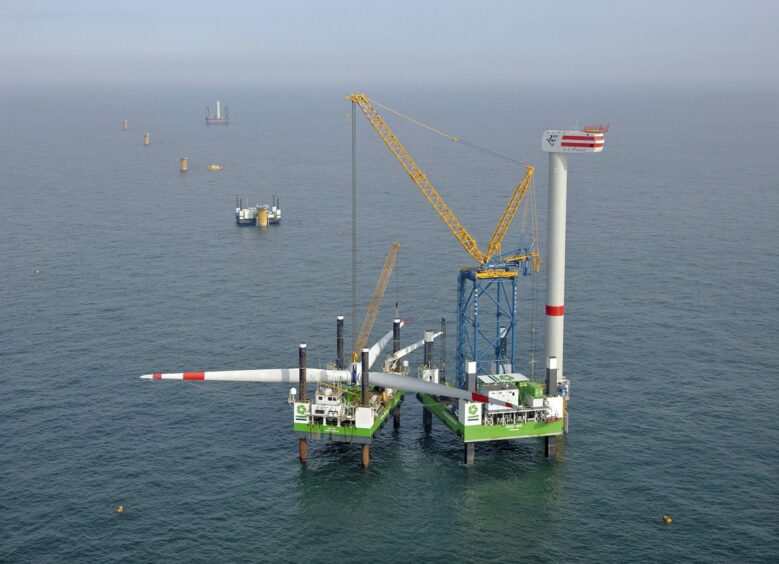
Global installed wind energy capacity is set to exceed 1 terawatt (TW) by the end of 2023, according to new data from Wood Mackenzie.
“After needing more than 40 years to reach one TW of installations, the wind industry will reach the next TW of installations within the next eight years, a significant acceleration of growth,” notes the global energy analyst’s research director Luke Lewandowski.
WoodMackenzie also predicts an “intensified focus” on offshore wind over the coming years as innovation and supply chain development make the technology more accessible in different regions.
Accordingly, the global offshore wind sector is set to witness sevenfold growth by 2032 and will account for over a quarter (26%) of total capacity over the group’s ten-year forecast.
Developers will add offshore capacity in 30 countries over the coming decade, though European countries and China continue to dominate the market with 81% of global offshore capacity additions.
“If we take a closer look at China, new grid-connected capacity in the region dropped 21% year-over-year (YoY) in 2022, primarily due to a strict lockdown policy that significantly limited capacity additions in Q4,” Mr Lewandowski said.
“The projects unable to connect in Q4 will help boost the outlook in China for 2023.”
China focus
Despite recent disruptions, WoodMac expects a strong rebound in China this year, as developers are poised to almost doubling the amount of capacity deployed year on year, following record new wind turbine orders.
Capacity additions in the nation are set to average 80GW and account for 50% of all new worldwide capacity, according to its forecast,
Excluding China, the rest of the world added 44GW in 2022, a 4% decrease on last year.
A challenging mix of inflation and supply chain disruption caused more than 3GW of projects to delay into 2023 and beyond, providing a boost to the near-term outlook.
It follows a report from ratings agency Moody’s last month which noted that turbine manufacturers are already struggling with margins, despite the buoyant long-term forecasts, as higher prices for raw materials and energy, coupled with uncertain order intakes act as a drag on their credit worthiness.
Meanwhile in the North Sea, the International Marine Contractors Association (IMCA) has warned that increasingly “unsustainable” contracts threaten deployment in the sector in the short term.
Nevertheless, over WoodMac’s 10-year outlook more than 343GW of offshore and onshore capacity is set to be added in Europe, as the move away from Russian energy and the Green Deal has prompted many states to strengthen capacity targets.
Offshore wind will account for 39% of new capacity, although onshore growth in emerging markets like Eastern Europe and Uzbekistan, and the repowering of aging fleets in more mature markets, including Germany and Spain, will also boost installations.
IRA influx
Meanwhile the US’ Inflation Reduction Act (IRA) is set to spark additions stateside, though the full impact of the legislation remains to be seen.
“For the US, developers await tax credit eligibility guidance from the US Treasury, with the ongoing uncertainty impacting near-term installations,” Mr Lewandowski said.
“However, with policy clarity, approval and investment in transmission projects, and development of the offshore market’s nascent supply chain, annual additions will intensify and average 20 GW per year from 2026 through 2032.”
Elsewhere WoodMac sees green commodities boosting demand in the Middle East and Africa, where 72GW of capacity additions is set to be made over the next ten years.
While it expects deployment to remain “modest”, overall additions will surpass 5GW per year by 2-25 and continue to grow through to 2032, with an average annual growth rate of 42% for the forecast period.
“Unprecedented decarbonisation and energy security policy support in the US and Europe will help the industry recover from the impact of the COVID-19 pandemic. These markets will also experience a renewed focus on repowering in order to revitalize the assets that were constructed in the early years of the industry’s journey to 1 TW,” Mr Lewandowski concluded.
Recommended for you
